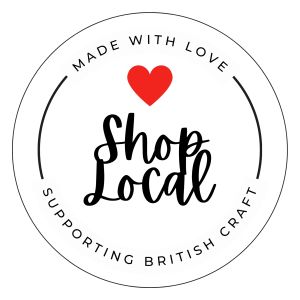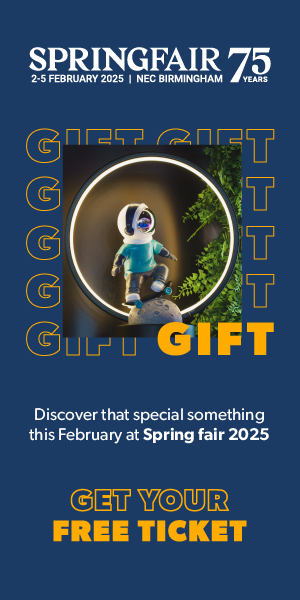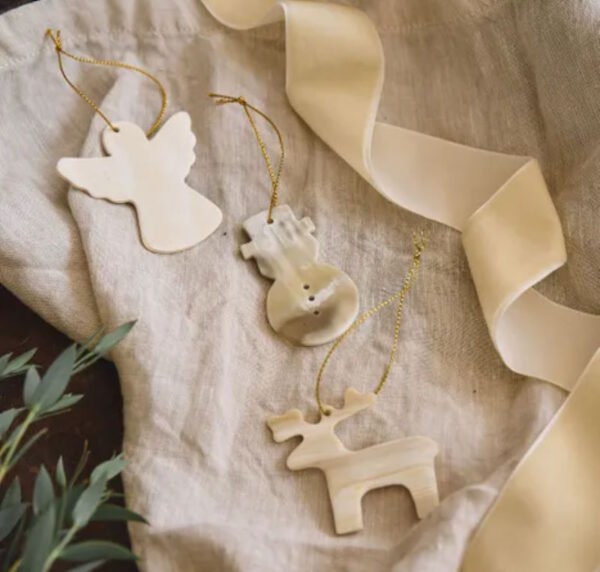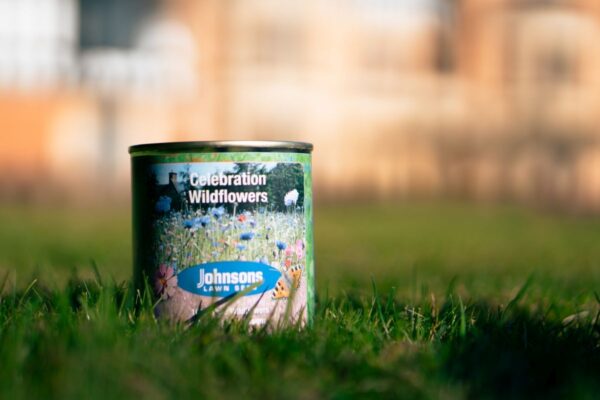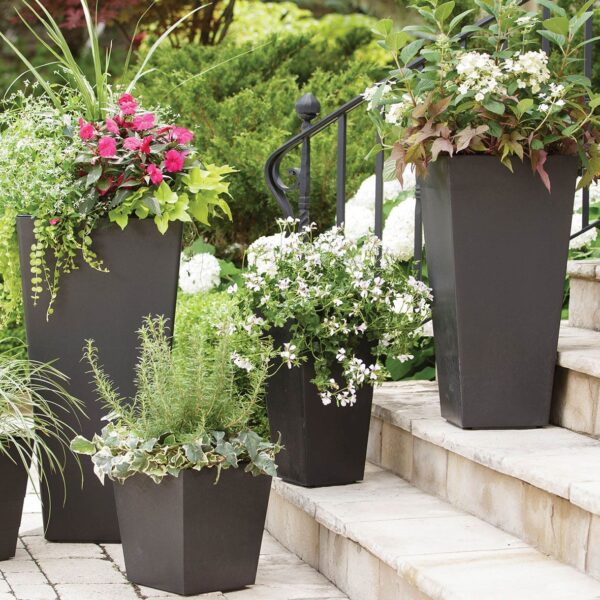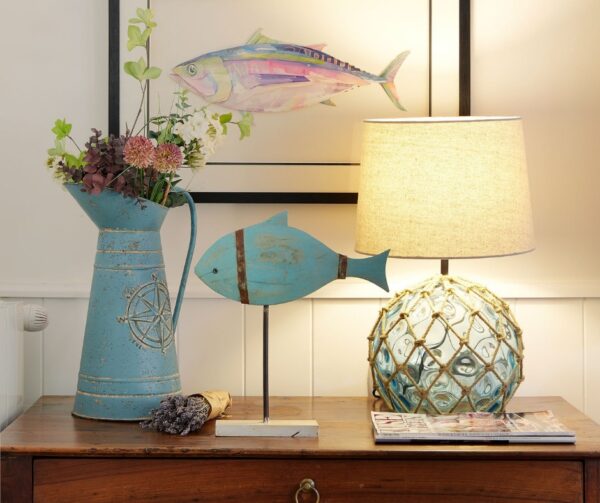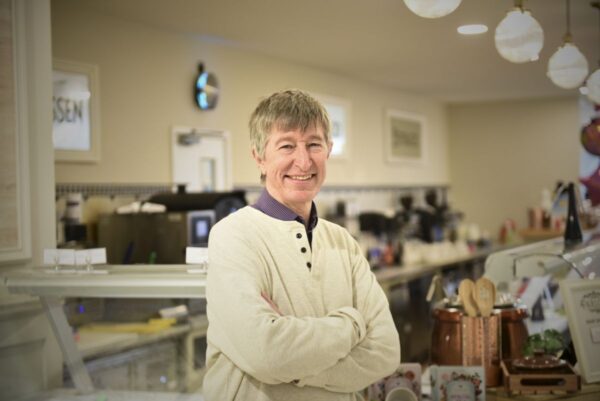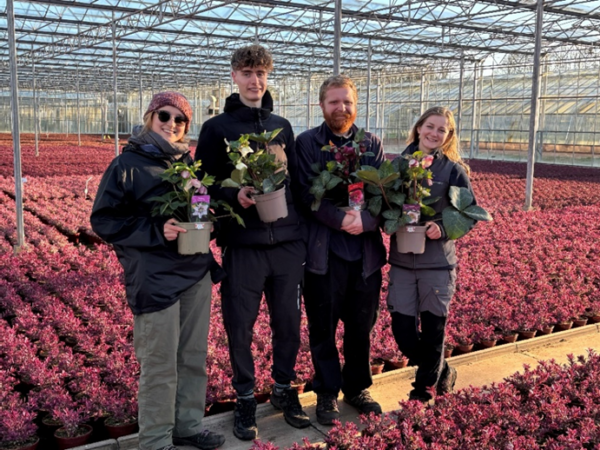LEGO® botanical elements such as leaves, bushes and trees will be made from plant-based plastic sourced from sugarcane in the future and will appear in LEGO boxes already in 2018.
“At the LEGO Group we want to make a positive impact on the world around us, and are working hard to make great play products for children using sustainable materials. We are proud that the first LEGO elements made from sustainably sourced plastic are in production and will be in LEGO boxes this year. This is a great first step in our ambitious commitment of making all LEGO bricks using sustainable materials,” said Tim Brooks, Vice President, Environmental Responsibility at the LEGO Group.
The move is part of the LEGO Group’s commitment to use sustainable materials in core products and packaging by 2030.
The new sustainable LEGO elements are made from polyethylene, which is a soft, durable and flexible plastic, and while they are based on sugar-cane material, they are technically identical to those produced using conventional plastic. The elements have been tested to ensure the plant-based plastic meets the high standards for quality and safety that the LEGO Group has, and consumers expect from LEGO products.
The LEGO Group has partnered with WWF to support and build demand for sustainably sourced plastic, and has joined the Bioplastic Feedstock Alliance (BFA), an initiative of WWF, to secure fully sustainable sourcing of raw material for the bioplastics industry. The plant based plastic used to make the botanical LEGO elements is certified by the Bonsucro Chain of Custody standard for responsibly sourced sugarcane. Read more here.
“It is essential that companies in each industry find ways to responsibly source their product materials and help ensure a future where people, nature, and the economy thrive,” said Alix Grabowski, a senior program officer at WWF. “The LEGO Group’s decision to pursue sustainably sourced bio-based plastics represents an incredible opportunity to reduce dependence on finite resources, and their work with the Bioplastic Feedstock Alliance will allow them to connect with other companies to continue to think creatively about sustainability.”
There is no common definition of a sustainable material. Several aspects influence the sustainability of a material. It is to a high degree determined by its source, chemical composition, its use (in a product) and management (at end-of-life), and the impact it can have in both environmental and social areas.
The LEGO Group believes a new sustainable material must have an ever-lighter footprint than the material it replaces across key environmental and social impact areas such as fossil resource use, human rights and climate change.






